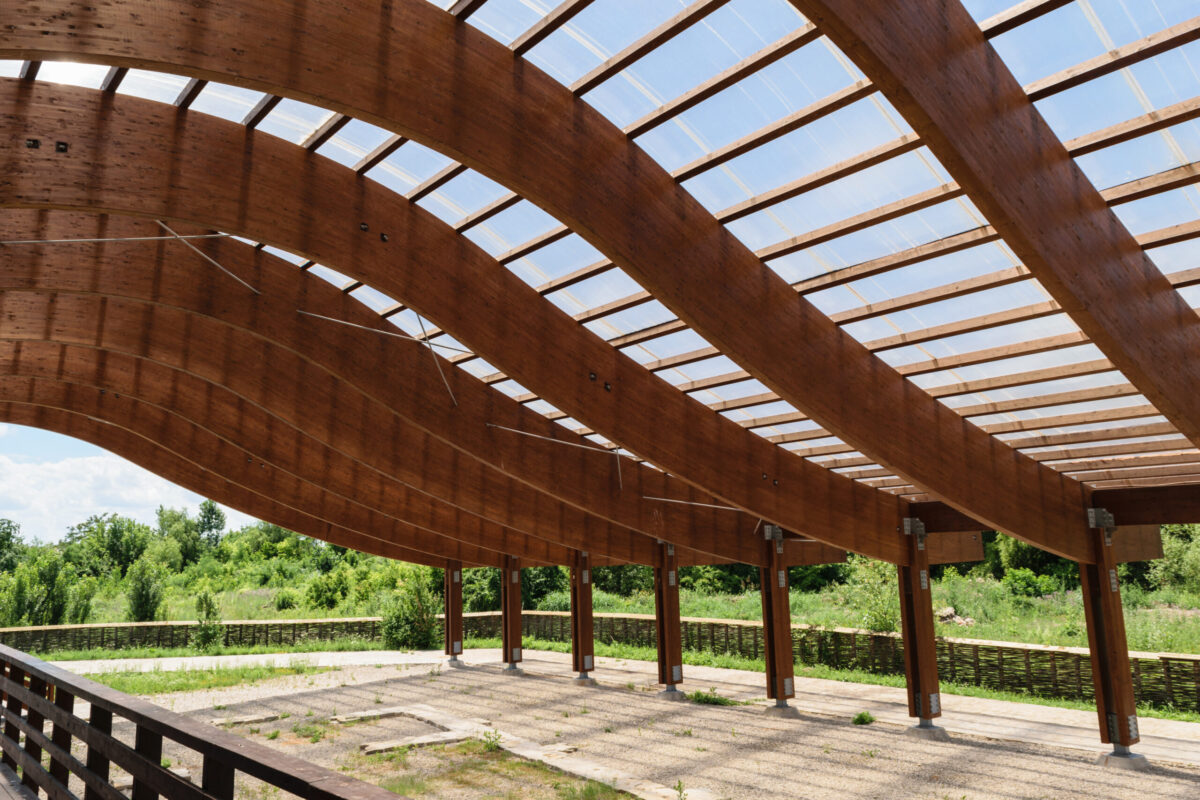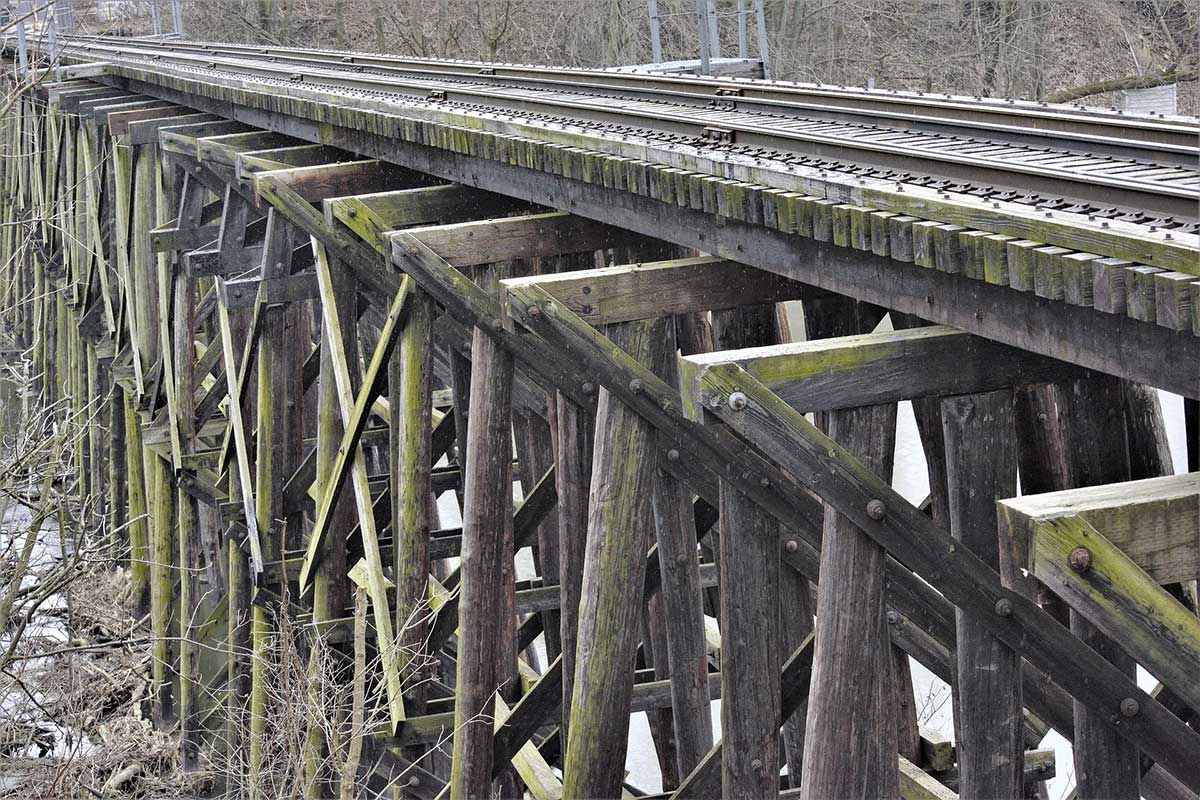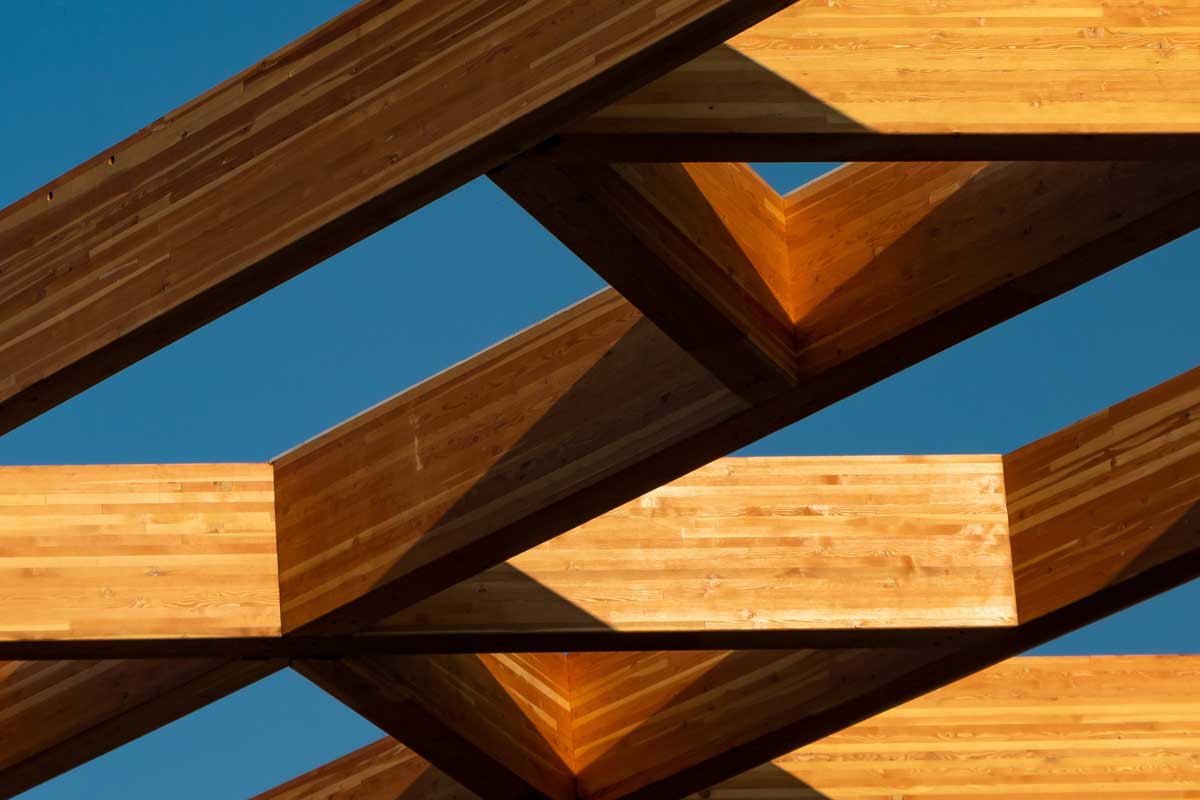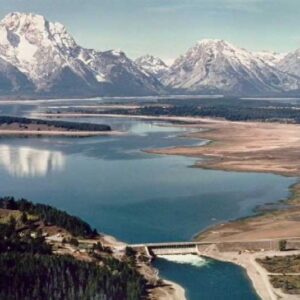Description
Many commonly used wood species can deteriorate if exposed to conditions that support growth of wood-degrading organisms. Wood products can be protected from the attack of decay fungi, harmful insects, or marine borers by applying chemical preservatives. Preservative treatments greatly increase the life of wood structures, thus reducing replacement costs and allowing more efficient use of forest resources. The degree of protection achieved depends on the preservative used and the proper penetration and retention of the chemicals. Some preservatives are more effective than others, and some are more adaptable to certain use requirements.
To obtain long-term effectiveness, adequate penetration and retention are needed for each wood species, chemical preservative, and treatment method. Not only are different methods of treating wood available, but treatability varies among wood species—particularly their heartwood, which generally resists preservative treatment more than does sapwood. Although some tree species possess naturally occurring resistance to decay and insects many are in short supply or are not grown in ready proximity to markets.
LEARNING OBJECTIVES
At the conclusion of this course, the student will have learned or been exposed to the following:
- Wood Preservatives;
- Wood Treatments;
- Selecting Preservatives;
- Preservative Effectiveness;
- Effect of Species on Penetration;
- Preparation of Wood for Treatment;
- Application of Preservatives;
- Effects on the Environment, and
- Recycling and Disposal of Treated Wood.








